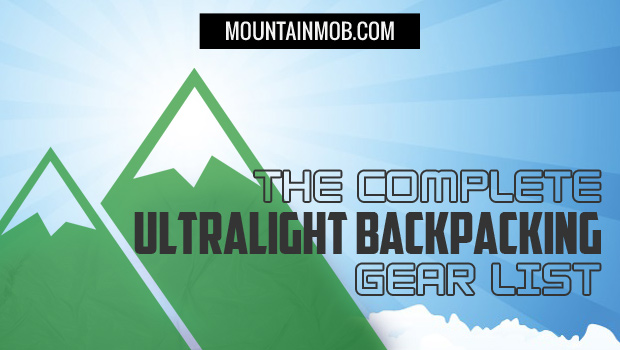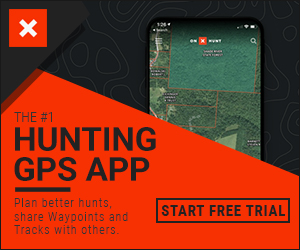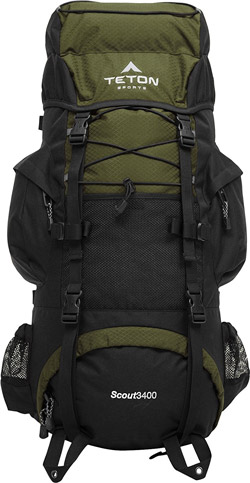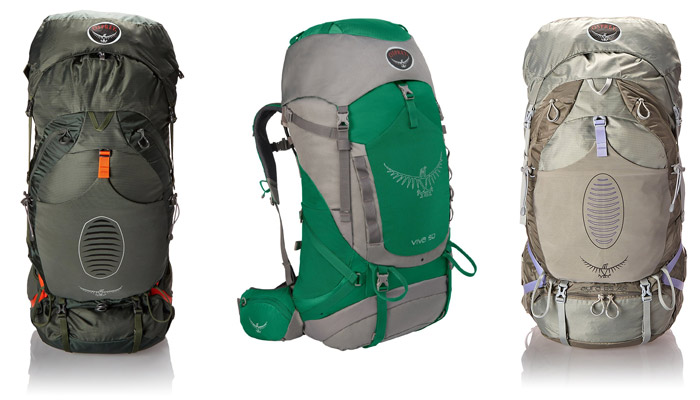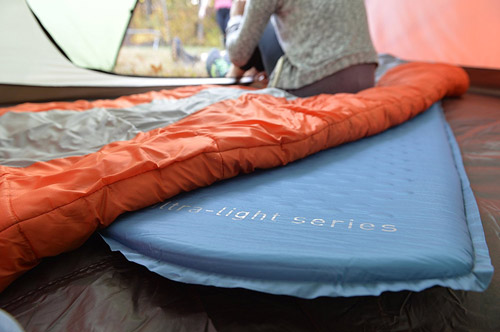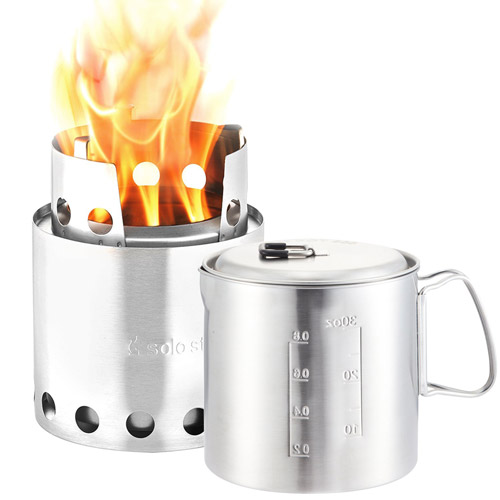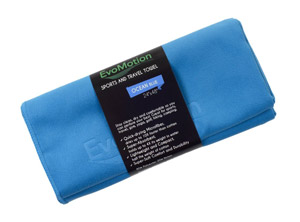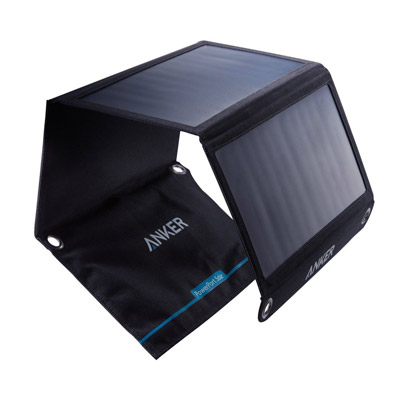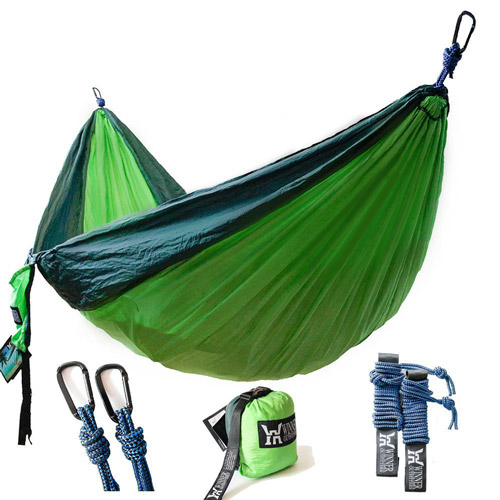Backpacking
Ultralight Backpacking Gear List
It can be hard to plan out your ultralight backpacking gear list in advance for your next backpacking trip. There are a lot of variables that can take place while in the wild making it extremely hard to predict exactly how your trip will go down.
One of the biggest struggles is making sure you pack everything you’ll need, but not loading your pack down with excess weight. And that my friend is what we’re going to solve here.
First Things First
When a truck runs out of power to pull a heavy load, the simple fix is to go get a bigger truck.
The same rule can apply with ultralight backpacking. What may seem light to a physically fit human being, may seem heavy to a couch potato. Now, you don’t need to be an elite cross fitter to hike ultralight. You do, however, need to train and get your body in a state that you feel comfortable with heading off into the backcountry.
Maybe this means a couple weeks before the big hike you start climbing stairs with a weighted backpack. Or maybe it means you start two months out. Feel your body out.
Secrets to an Ultralight Backpacking Gear List
There are several guides out there that suggest how much you should carry, but like we mentioned earlier, it’s all relative. This is why it’s so important to get out and train beforehand. You can test yourself at different weights in your pack to see what your limits are. Know exactly how long you will be on the trail as this will determine how much you will need to bring as well.
When you’re backpacking, the secret is to remember to think about what you need, not what you think you’ll need or want.
It all starts with a solid backpacking pack. Honestly, there are 100’s from which to choose. The Teton Sports Scout 3400 Backpack is an amazing pack that will get the job done at an EXTREMELY AFFORDABLE price. You wouldn’t be disappointed with this pack, check it out here.
If you’re planning on a single-day excursion, you won’t need a pack as big as the Scout 3400. Look for something a bit smaller, yet functional. Be sure to read as many reviews and ask around your local shops.
A few things to check while backpack shopping:
- Does it have multiple lash-on points to carry more equipment on the outside of your pack?
- Does it have gear loops and crampon patches?
- Is it functional, meaning every feature serves a particular purpose?
- Pick it up, are you amazed at how light it is? If so, you may just have a winner.
SEE THE REVIEWS
Fitting Your Lightweight Hiking Backpack
There are several things that a new backpacker must consider when they’re picking out a new backpack:
- An appropriate size that fits your torso. Get. This. Right.
- Notice how the backpack fits on your hips. Is it digging in, or do you barely notice it’s there?
- Does it breathe well? No doubt you’ll sweat it out a bit on your excursion, but you don’t need your sweat to seep through your pack.
- If you’re purchasing for a lady or child, make sure they are there to size and fit the pack properly.
Additionally, a good hiking backpack has load lifter straps and sternum straps that help support the weight of your pack on your body. Don’t even think about purchasing a backpack with these.
We’ll do a full-on backpacking backpack review soon, which will be very helpful to you as well. In the meantime, along with the awesome and affordable Teton Sports Scout 3400 above, you may want to check out the Osprey lineup on Amazon.
How to Pack your Ultralight Backpacking Gear
Most backpacks have top loading pockets to reach the main compartments with zippered front panels, side zippers, and a sleeping bag compartment.
Stash most of your items that you won’t need in the bottom of your backpack. You can also your clothes and sleeping pad in the bottom of your pack as they provide lumbar and lower back support.
The core of your backpack should include heavier items. Not too high or low though. Centered right above your spine should be your food, water, cook kit, and stove.
Wrap lighter items around the heavier items to fill the space adequately.
The top of your backpack should store these types of misc. items:
- map
- compass
- GPS
- sunscreen
- sunglasses
- bug spray
- headlamps
- first-aid kits
- snacks
- rain gear
- pack cover
- toilet paper
- etc.
Strap your sleeping bag to the top or lash it near your waistline it’s up to you!
Just make sure that you’re filling all empty spaces, stuffing every sack in the bag, and try to share the heavier items with your team or people that are traveling with you.
Always carry a rain cover, repair items, and compression straps, because you’ll never know when you’ll need them.
The Right Gear for an Ultralight Backpacking Trip
While there are a lot of options out there for gear, we’ve provided a few of our personal favorites.
This list will always be evolving as we play with different products.
Suisse Sport Adventurer Mummy Ultra-Compactable Sleeping Bag
This bag is efficient and very friendly on your checkbook. Check it out here.
Alps Mountaineering Ultra-Light Air Pad
A super light and compactible sleeping pad. Check it out here.
Solo Stove & Pot 900 Combo
This is an ultralight wood burning backpacking stove. Check it out here.
Microfiber Ultra Compactible Fast-Drying Camp Towels
Having a nice camp towel is a must. There’s a reason this one is an Amazon best-seller! Check it out here.
Anker 21W Dual USB Solar Charger
Having a stashed up energy supply is a treat when in the backcountry. Check out the portable solar panel here.
Winner Outfitters Ultralight Hammock
This is an alternative to a tent. Check it out here.
